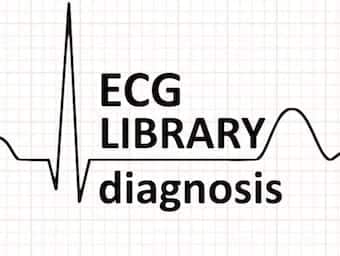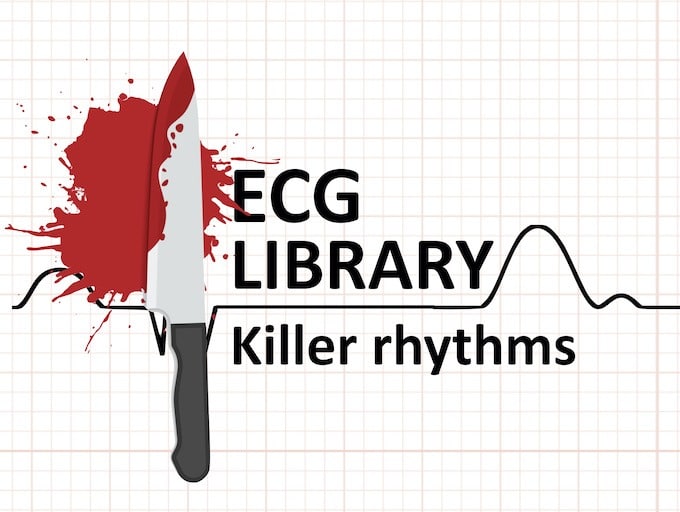VT versus SVT: It’s as easy as ABCDE
The long list of VT "suggestive" ECG features is difficult to recall and apply in real time. Simple ABCDE approach to this common dilemma
The long list of VT "suggestive" ECG features is difficult to recall and apply in real time. Simple ABCDE approach to this common dilemma

Yamaguchi syndrome: Apical hypertrophic cardiomyopathy (AHC) Hypertrophic non-obstructive cardiomyopathy with giant negative T waves

8 deadly ECG patterns NOT to miss -- Part 2, the occlusion version. These patients require immediate cardiology referral for emergent reperfusion therapy.

Characteristic R wave notching seen in inferior leads in a large proportion of patients with ostium secundum ASD

In patients with AF and pre-excitation, the presence of an accessory pathway allows for rapid AV conduction, with a risk of degeneration into VT and VF

Tachyarrhythmia that occurs in patients with accessory pathways, due to formation of a re-entry circuit between the AV node and accessory pathway

The average Emergency Clinician is interrupted every 6 minutes. When busy, it can be tempting to quickly “sign off” an ECG. These are the patterns not to miss.

A review of common arrhythmias seen in the paediatric population, with a focus on SVT and WPW

Stepwise assessment of the paediatric ECG, including rhythm, rate, axis, intervals, ST segments and Q/P/T/U waves

A review of the paediatric ECG lead placement, in particular the use of V4R in children under five years of age

A review of the normal ECG findings and variants in paediatric patients of differing age groups

Takotsubo Cardiomyopathy (TCM) is a transient wall motion abnormality of the left ventricular apex associated with severe emotional or physical stress that usually resolves completely